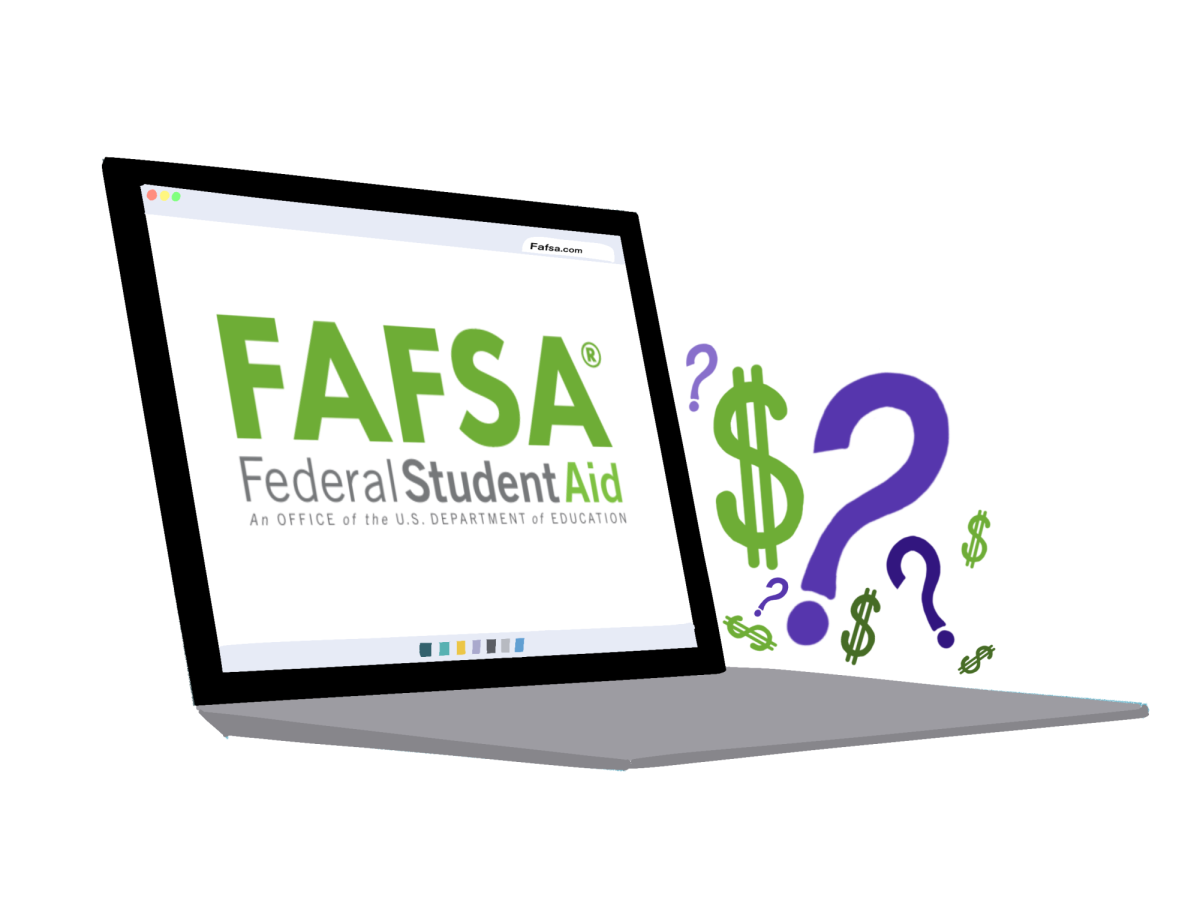The FAFSA Simplification Act passed into federal law by President Joe Biden in 2020 has created major changes in the application process.
The alterations have delayed the Free Application for Federal Student Aid (FAFSA) from its usual October access date to an undetermined time.
Although the official launch isn’t ready yet, a soft launch of the form is being done for short periods of time to test performance and make sure the changes are working properly.
“There are pages of changes from terminology, to processes, to how certain things are counted,” Chip Pierce, director of San Diego State University’s office of financial aid and scholarships, said. “It is like the largest change probably in the history of financial aid at one time, other than creating it.”
Some of these changes that determine the way financial aid is given (or distributed) include removing the sibling discount and increasing the income protection allowance.
One of the most significant changes students may notice is that the required questions to complete the application have been reduced from 108 to 36.
“It’s less complex for families to complete the application,” Pierce said. “It increases financial need eligibility overall for students.”
Part of the reason for this simplification is that it is now required for students and contributors — such as a parent or guardian — to consent to the use of federal tax information.
“In the past, there was something called IRS Data Retrieval,” Pierce said. “Students and parents could opt in for that or opt out of it. However, now it’s mandatory and that data exchange includes (even if the student or parent did not file taxes) a W-2 income, a tax filing status, whether you file a return or not, etc.”
Privacy of sensitive information and verification is expected to be improved as well with this change since it’s being passed behind the scenes by the IRS.
“We feel that it will reduce verification of income for a lot of our students,” said Atia Mccracken, SDSU’s assistant director of the office of financial aid and scholarships. “Currently, we have to verify income information on about 30% of our population that gets selected for verification and now that there is that direct data exchange with the IRS those numbers will go down.”
Although students are currently unable to fill out the application, something that can be done now is retrieving your personal Federal Student Aid (FSA) ID, which is the information needed to electronically sign the FAFSA.
Every contributor needs to use this ID to complete the process and now this can be done even if you don’t have a Social Security number, according to Mccracken.
“If everyone waits till the last minute and decides to get an FSA ID across the whole country, in a matter of days, the system’s probably going to be tanking,” Pierce said. “So, it’s better to get that now, have it in your back pocket and be ready to go when the application actually comes out.”
One of the only potential problems expected with the update to the application process was communicating properly.
According to Pierce, there was a belief that there might be students who didn’t know the FAFSA form was delayed but they received little reaction.
“It’s been pretty much crickets and I’m hoping that is in large part to some of our communication planning,” Pierce said. “Once the thing rolls out, once it’s available, that’s when I think it’s going to get even more dynamic. Because if there’s bugs with it, (or) if people don’t understand something, that’s going to create a lot of traffic.”
Kai Ferguson, a first-year mechanical engineering major, doesn’t know much about the changes despite receiving information on it.
“I think their communication is good,” said Ferguson. “I just don’t read them. I just am bad at checking my email. I see the notification and I just ignore it.”
Students who are interested in learning more about the application process can do so on their website, where they can see information on FAFSA simplification and the California Dream Act.
It also includes a question-and-answer section that is continuously updated along with the rest of the site.
The Financial Aid Office and the Cal Coast Student Financial Center online webinars can be accessed via these websites as well.
Students with questions can access the help desk on the Cal Coast Student Financial Center website without an appointment Monday through Friday from 9 a.m. to 3:30 p.m., or 4 p.m. in person.
“Just know that major change is coming,” Pierce said. “Know that it will impact you, know that you will need to do things differently to successfully navigate the new aid process. We’re here for you. We can answer questions.”










